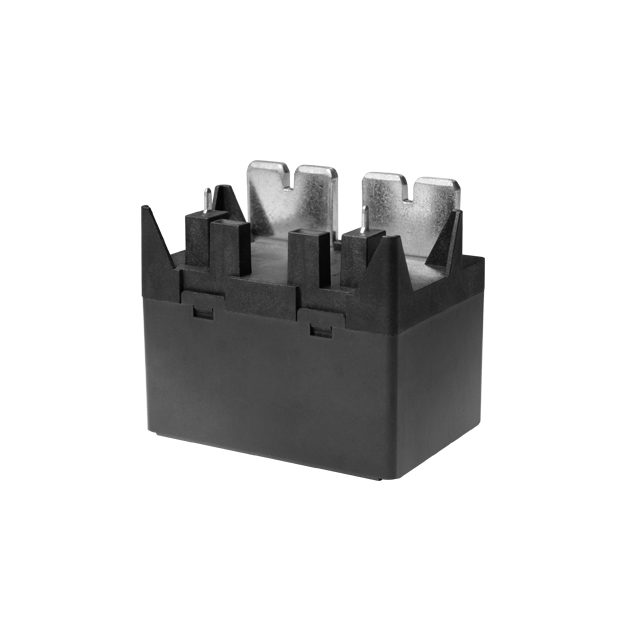relay safety features: ensuring protection and reliability in electrical systems
Release time:2025-11-20 05:03:26
Relays are fundamental components in electrical systems, responsible for switching and controlling high-power circuits with low-power signals. Their role in modern machinery, industrial control systems, and home appliances makes them indispensable. However, like any electrical device, relays need to be designed with robust safety features to protect the system, prevent damage, and ensure their reliable operation over time. This article explores the safety features of relays and their importance in safeguarding electrical systems.

1. Overload Protection
One of the primary safety features in relays is overload protection. Overloads occur when the current flowing through the relay exceeds its rated capacity, which can result in overheating, damage to the relay contacts, and even fire hazards. To prevent this, many relays are designed with internal overload protection circuits. These mechanisms either disconnect the relay from the circuit or activate a protective trip to prevent the system from further damage. Overload protection ensures the relay operates within its safe limits, providing longevity and safety to both the relay and the electrical circuit it controls.

